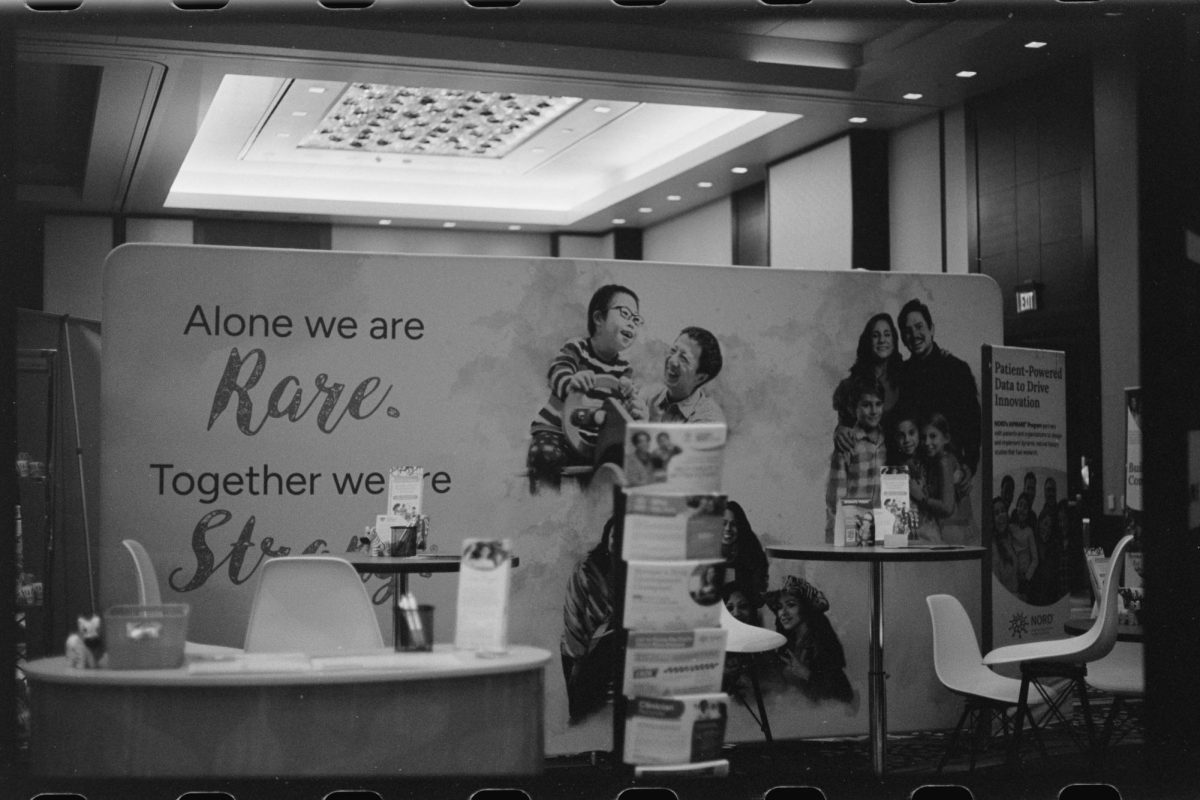Long ago, people would look to the night sky and observe only natural celestial bodies. Artificial lights did not blot and blur their sights, and human-made satellites did not crowd their horizons. Both of these phenomena factor into modern astronomy, but it has only been in the past 19 months that satellites have become a threat to astronomical observation. With the recent surge in satellite launches and the construction of satellite mega-constellations, hobbyists and professional astronomers alike are witnessing what can be a dangerous disruption and distortion of their cosmic viewing.
Today, because space launches are more affordable than ever, companies like SpaceX, Amazon Kuiper, and OneWeb can field massive systems of satellites. This is done, according to a Forbes article by astrophysicist Ethan Siegel, to reap technological innovations like an online space-communications network that would provide “high-speed, low-latency” capabilities to communities that are out of current ground-based networks’ reach. While this advancement would undoubtedly be beneficial, one must consider the costs, as the astronomy community has been. The International Astronomical Union released a statement at the beginning of last year that said these new satellite mega-constellations will “have a negative impact on the progress of ground-based astronomy, radio, optical and infrared, and will require diverting human and financial resources from basic research to studying and implementing mitigating measures.” They explain that, because there are so many of these satellites and because a great deal of them are brighter than previous satellites, the multitude of trails that they leave behind will saturate the images and detectors of larger telescopes. While the International Astronomical Union says that these effects could be lessened with extensive coordination and technology to “clean” the images, they also stress that this process will hinder actual scientific research by diverting funds and attention. Siegel’s article, suggests that recent findings are even graver. Not only does he detail the damage done to scientific progress, but he also mentions actual safety hazards. Satellite pollution is at its worst at sunrise and sunset, a time that is particularly critical for observing possibly dangerous objects like near-Earth asteroids. As satellites can not only disrupt but also ruin astronomical sensors and imaging, the dangers of this situation are clear. Additionally, with so many satellites in the air, the risk of satellite collision is heightened. Should a solar flare or some other space weather event cause the satellites’ electronic steering controls to go offline, there is no “safe mode orbit” to prevent collisions, and most major companies have not even discussed them. If things satellite providers do not work with astronomers to greatly mitigate or entirely eliminate all of these issues, both science and safety will suffer.
Fortunately, two major astronomical collaboratives– SATCON1, led by the National Science Foundation, NOIRLab, and the AAS, and Dark and Quiet Skies, formed by the International Astronomical Union, the United Nations, and the IAC– worked on two central guidelines to at least save the science of astronomy. The first is an altitude limit of no higher than 550-600km. The second is that satellites must be below magnitude +7 and only as bright as about ~30% of the brightness limit of the naked human eye. Unfortunately, satellite companies have yet to fully respect these guidelines, but SpaceX, the largest producer of these new satellites, has made the most significant effort to comply. Their latest VisorSat satellites protect their antennas from sunlight to reduce brightness by a notable margin but still sit at a visible magnitude of +6 or +7. This is good progress, but other providers fall short. While companies like OneWeb and AmazonKuiper have begun working with astronomers, both still plan on launching their satellites past the 600 km altitude limit, and most international companies have not even made contact with astronomers. This cannot continue.
It is vital that Earth’s skies are protected, and astronomers and astronomical organizations everywhere recognize that, as satellites grow more numerous, strict international regulations are necessary to keep them safe. It is a matter of culture, science, and public well-being. To ensure that astronomical research can continue to advance, that the people’s wonder of the stars is never lost, and that Earth and its atmosphere do not become debris fields, progress must be balanced by prudence, and satellite providers must direct their resources with the care and understanding of astronomers.




